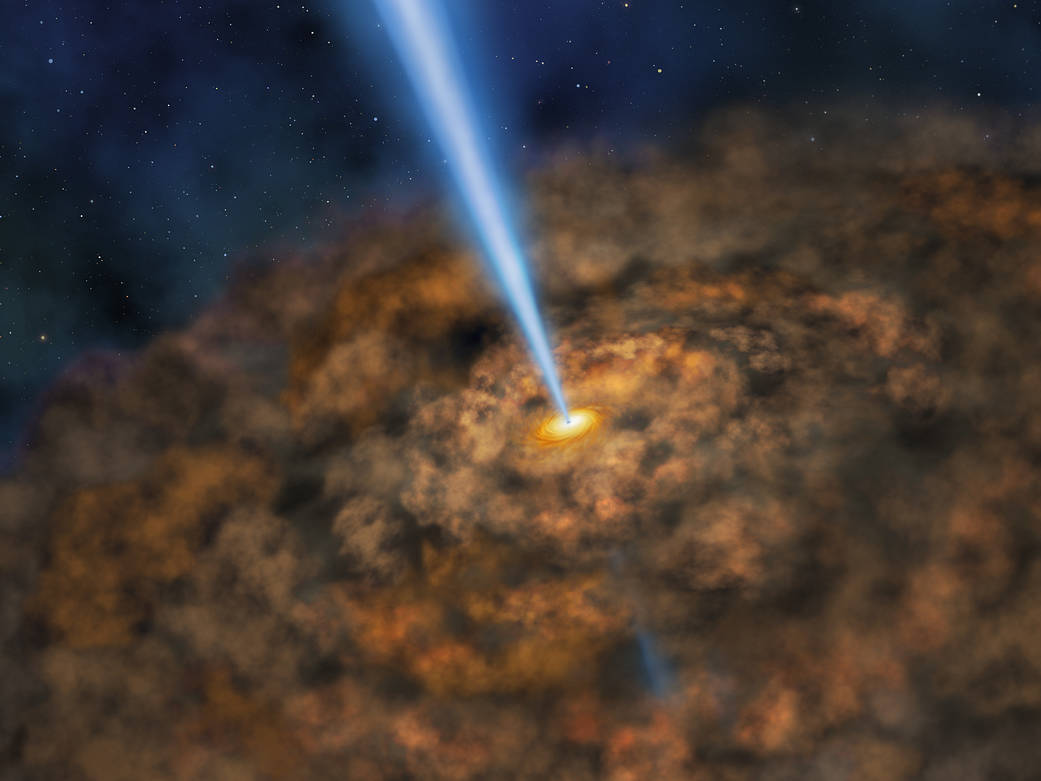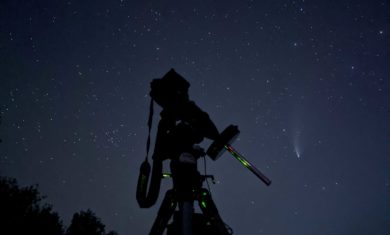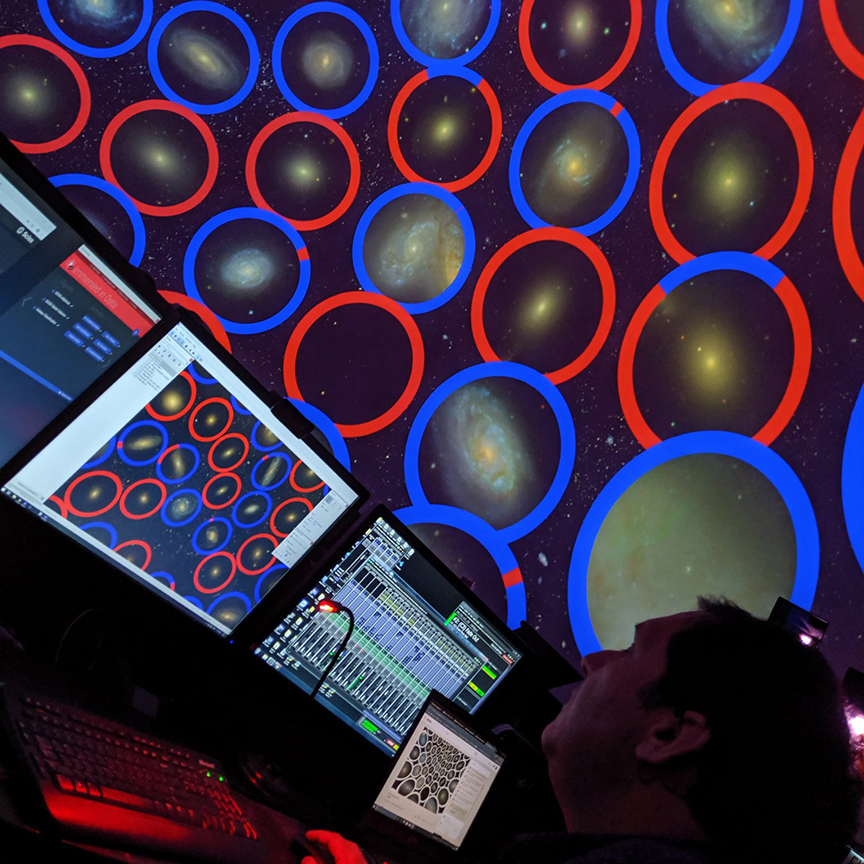AstroFan: A Feast Fit For A Black Hole

Header Image: An artist’s illustration of a thick ring of dust near the supermassive black hole of an active galactic nuclei. Image Credit: NASA / SOFIA / Lynette Cook
Ah yes, it is the day after Thanksgiving, and I bet you’re currently dealing with the inevitable ‘post-feast malaise’.
What if I told you that at this very moment in time, there were countless black holes experiencing a Thanksgiving-worthy “feast” of their own?!
Today, we’re going to be exploring the strange (yet incredibly common) world of supermassive black holes and active galaxies.
Bring out your stretchiest sweatpants—it’s time for us to partake in a galactic feast!
Supermassive Black Holes 101
Before we dive into active galaxies, we’re going to have to do a quick crash course on black holes—more specifically—supermassive black holes.
As you may know, black holes are objects that have such a strong gravitational pull that nothing (not even light) can escape them.
There are two main known types of black holes, stellar black holes and supermassive black holes.
Stellar black holes are black holes that form as a result of a massive star (much larger than our Sun) collapsing in on itself.
Stellar black holes can be as massive as 30,000,000 times our Earth! Sounds like an insane amount of mass, right?
But wait! Things get even crazier when talking about supermassive black holes.
Supermassive black holes can be up to 12 quadrillion times as massive as our Earth! Unlike stellar black holes, scientists aren’t exactly certain how supermassive black holes are formed or how they become so unbelievably massive.
But there is one thing that scientists are almost certain of: at the center of every galaxy lies a supermassive black hole.
That’s right folks—even our very own Milky Way has one at its center!
So, what happens when large sums of gas, stars, and other celestial debris find themselves within close orbit of one of these monstrous beasts? The answer is…active galaxies!
What Are Active Galaxies?
As mentioned above, it is believed that nearly all of the galaxies in the observable Universe have a supermassive black hole at their center. The difference between an active galaxy and a non-active galaxy, is that an active galaxy’s supermassive black hole has fuel to burn—or shall we say fuel to feast on!
The anatomy of an active galaxy can be broken down into 3 main parts: a supermassive black hole, an accretion disk, and the jets.
The swirling mass of dust and gas that orbits the supermassive black hole is called an accretion disk.
The region of the accretion disk that is closer to the black hole moves at a much faster rate than the outer region of the accretion disk. As a result, the material within the disk rubs together at speeds a fraction of the speed of light, causing the accretion disk to heat up to extreme temperatures. As the matter spirals and falls towards the black hole, the immense energy that is produced gets emitted as light.
Sometimes, these accretion disks produce magnificent jets of charged particles that move away from the poles of the black hole at super high speeds—this is also known as a quasar.
Fun fact: quasars are the brightest objects in the known universe! They’re so bright, that the light emitted from them can sometimes outshine the entirety of light emitted from all of the stars within the quasar’s host galaxy.
Is Our Milky Way An Active Galaxy?
Although our Milky Way has a supermassive black hole at its center, our galaxy is not an active galaxy.
You see, in order for a galaxy to be active, there needs to be gas and dust nearby to form an accretion disk. Currently, there’s nothing for our supermassive black hole to feast on and so it (and our galaxy’s center) remains relatively dark and inactive.
However, this hasn’t always been the case!
There’s evidence that at least twice in the past 300 years our Milky Way’s supermassive black hole (Sgr A*) has been more than a million times brighter than it is today.
And if that wasn’t cool enough—some scientists believe that our non-active Milky Way galaxy could get a kickstart in the form of an incoming collision with the Andromeda galaxy.
During this collision, there’s a possibility that the centers of the two galaxies could collide, creating an even larger and more active supermassive black hole in the process!
If you’re worried about this incoming collision, relax! It isn’t scheduled to occur for another 4 billion years!
So don’t fret quite yet for our Milky Way’s famished gravity bender—it’s merely taking a short siesta between its galactic bites!
As for us earthlings, let’s all just agree to safely observe the strange phenomena of active galaxies from the comforts of our own—slightly less hectic—place in the universe.
Stay tuned for more awesome space facts on the next AstroFan.
Thank you for reading!
—Bianca, a.k.a. AstroFan







